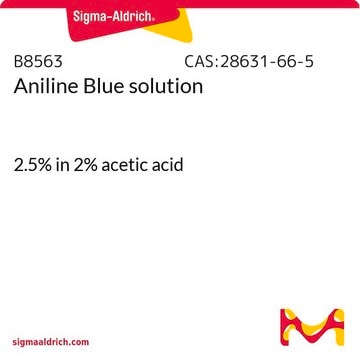Unfortunately, there are no available solutions, kits, or instructions for preparing an Acid Fuchsin Orange G (AFOG) stain.
Please review the publication below that may be helpful:
Poss KD, Wilson LG, Keating MT: Heart regeneration in zebrafish. Science. 2002, 298: 2188-90. 10.1126/science.1077857.








